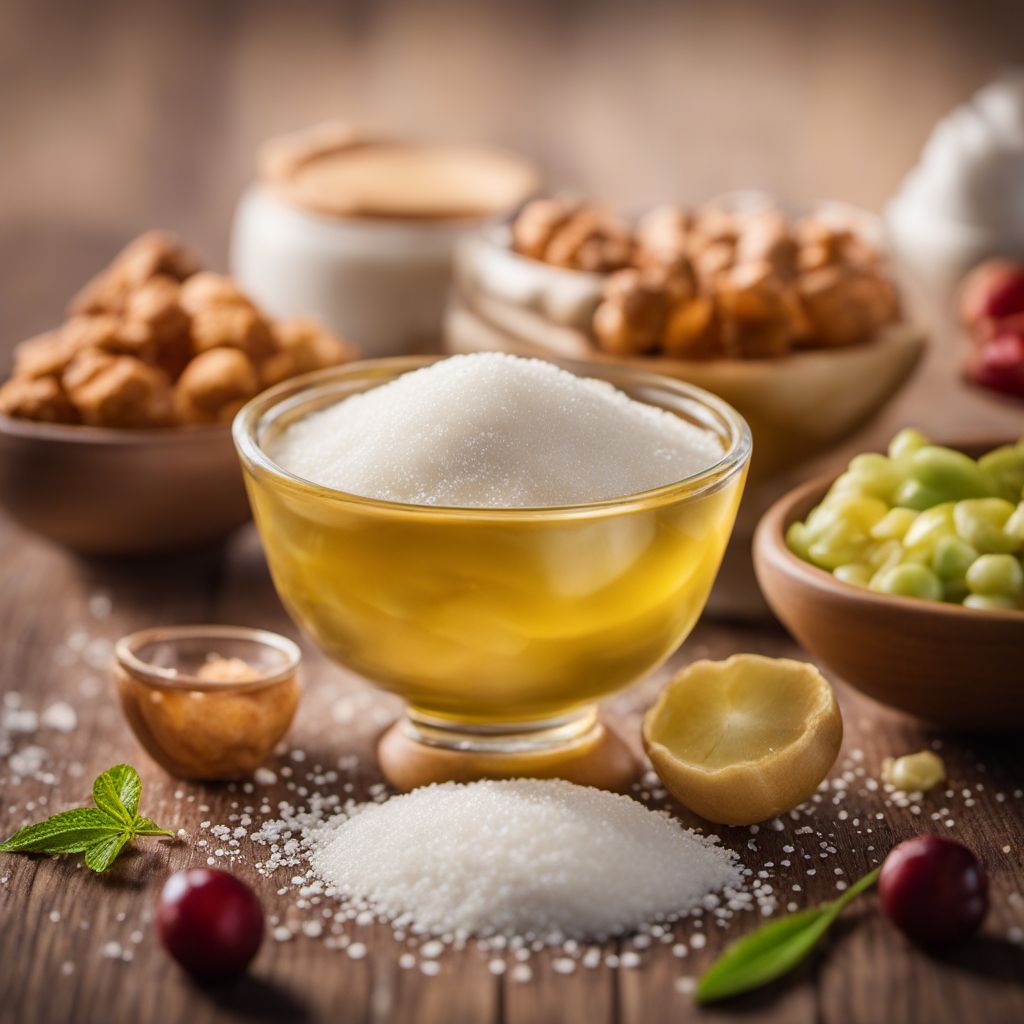
Ingredient
Food additives other than flavours, colours and artificial sweeteners
The Hidden World of Food Additives
Food additives are substances that are added to food to improve its quality, stability, or appearance. They can include preservatives, emulsifiers, stabilizers, and thickeners, among others. These additives are carefully regulated and undergo rigorous testing to ensure they are safe for consumption.
Origins and history
The use of food additives dates back centuries, with early civilizations using natural substances like salt, vinegar, and spices to preserve and enhance the flavor of food. Over time, advancements in food science and technology have led to the development of a wide range of additives, both natural and synthetic. Today, food additives are extensively used in the food industry to meet consumer demands for convenience, taste, and visual appeal.
Nutritional information
Food additives can be a source of essential nutrients, such as vitamins and minerals, or provide functional benefits like improving texture or preventing spoilage. However, it is important to note that some additives may have potential health risks or adverse effects in certain individuals. Always check the ingredient list and consult with a healthcare professional if you have specific concerns.
Allergens
Food additives can vary widely in terms of allergenic potential. Some additives, such as sulfites, can cause allergic reactions in sensitive individuals. Additionally, certain food colorings, like tartrazine (Yellow 5), have been associated with allergic reactions in some people. It is important to read labels carefully and be aware of any known sensitivities or allergies.
How to select
When selecting food products, look for clear and accurate labeling that lists the specific additives used. Opt for products that use natural additives whenever possible, and avoid those that contain additives that you are sensitive or allergic to. Additionally, consider choosing whole, unprocessed foods that are naturally free from additives.
Storage recommendations
To maintain the freshness and quality of food additives, store them in a cool, dry place away from direct sunlight. Follow any specific storage instructions provided on the packaging, as some additives may require refrigeration or airtight containers for optimal preservation.
How to produce
Producing food additives is a complex process that involves extensive research, testing, and regulatory approval. It is typically carried out by food scientists and manufacturers in specialized facilities. As an individual, you can support the production of safe and high-quality food additives by being an informed consumer and advocating for transparent labeling and responsible manufacturing practices.
Preparation tips
Food additives are typically used in small quantities and are incorporated into various food products during the manufacturing process. Follow the recommended usage guidelines provided by the manufacturer or recipe instructions when using food additives in your own culinary creations. It is important to note that excessive or improper use of additives can negatively impact the taste, texture, and safety of the final product.
Culinary uses
Food additives are used in a wide range of culinary applications, including baked goods, beverages, dairy products, sauces, dressings, and processed meats. They can enhance flavors, improve texture, extend shelf life, and maintain the visual appeal of these food items.
Availability
Food additives are commonly available in most regions and countries, as they are widely used in the food industry. They can be found in grocery stores, supermarkets, and online retailers that sell packaged and processed foods.
More ingredients from this category » Browse all

Thickener
The Art of Creating Perfectly Thickened Delights

Raising agents
The Magic Behind Culinary Rise: Unveiling the Secrets of Raising Agents

Flour treatment agent
The Secret Ingredient for Perfect Baked Goods

Humectant
The Moisture Magician: Unveiling the Power of Humectants
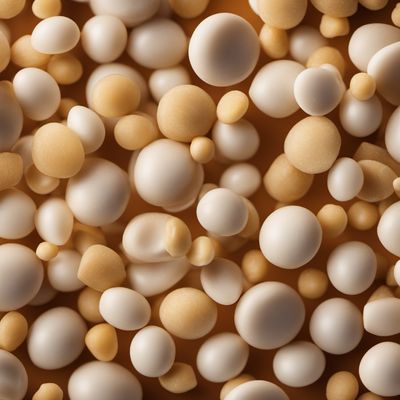
Stabiliser
The Secret Ingredient for Perfect Texture
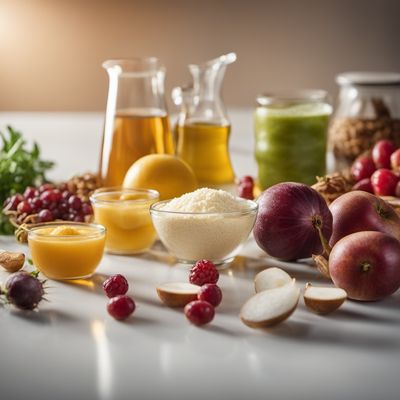
Acidity regulator
The Balancing Act: Understanding Acidity Regulators
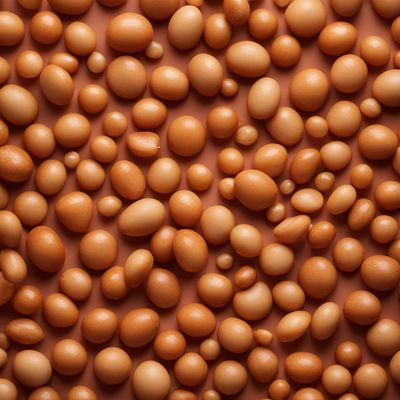
Glazing agent
Enhancing Food Appeal

Anti-foaming agent
The Silent Hero: Taming the Bubbles in Your Culinary Creations
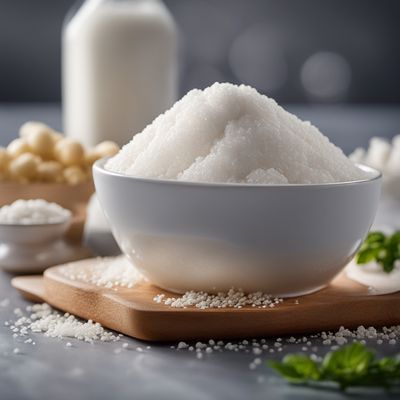
Emulsifying salts
The Magic of Emulsifying Salts

Acid
The Tangy Elixir: Unleashing the Power of Acidity in Culinary Delights

Binding agent
The Glue of Culinary Creations: Unveiling the Power of Binding Agents

Antioxidant
"Nature's Defense: Unleashing the Power of Antioxidants"